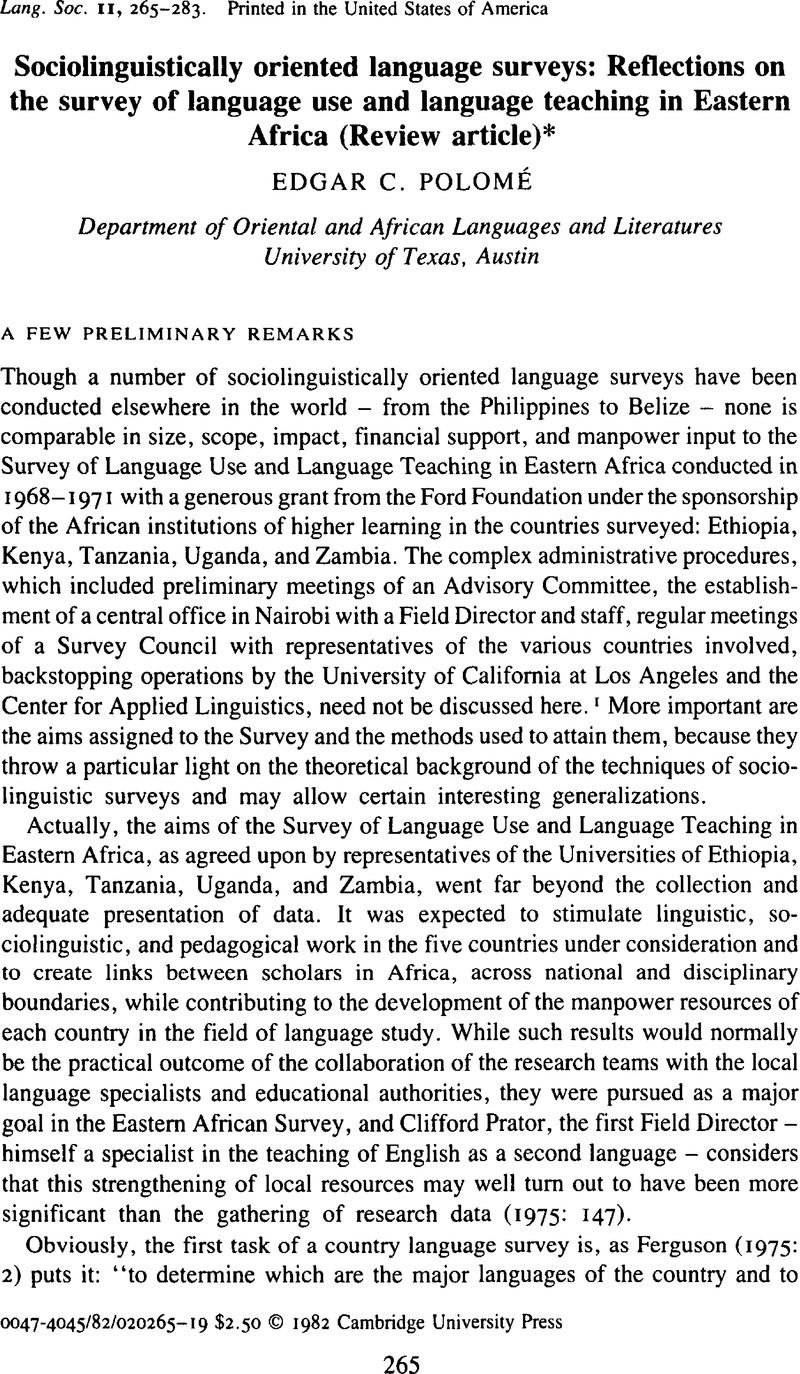Crossref Citations
This article has been cited by the following publications. This list is generated based on data provided by Crossref.
Buzasi, Katalin
2016.
Linguistic Situation in Twenty sub-Saharan African Countries: A Survey-based Approach.
African Studies,
Vol. 75,
Issue. 3,
p.
358.



